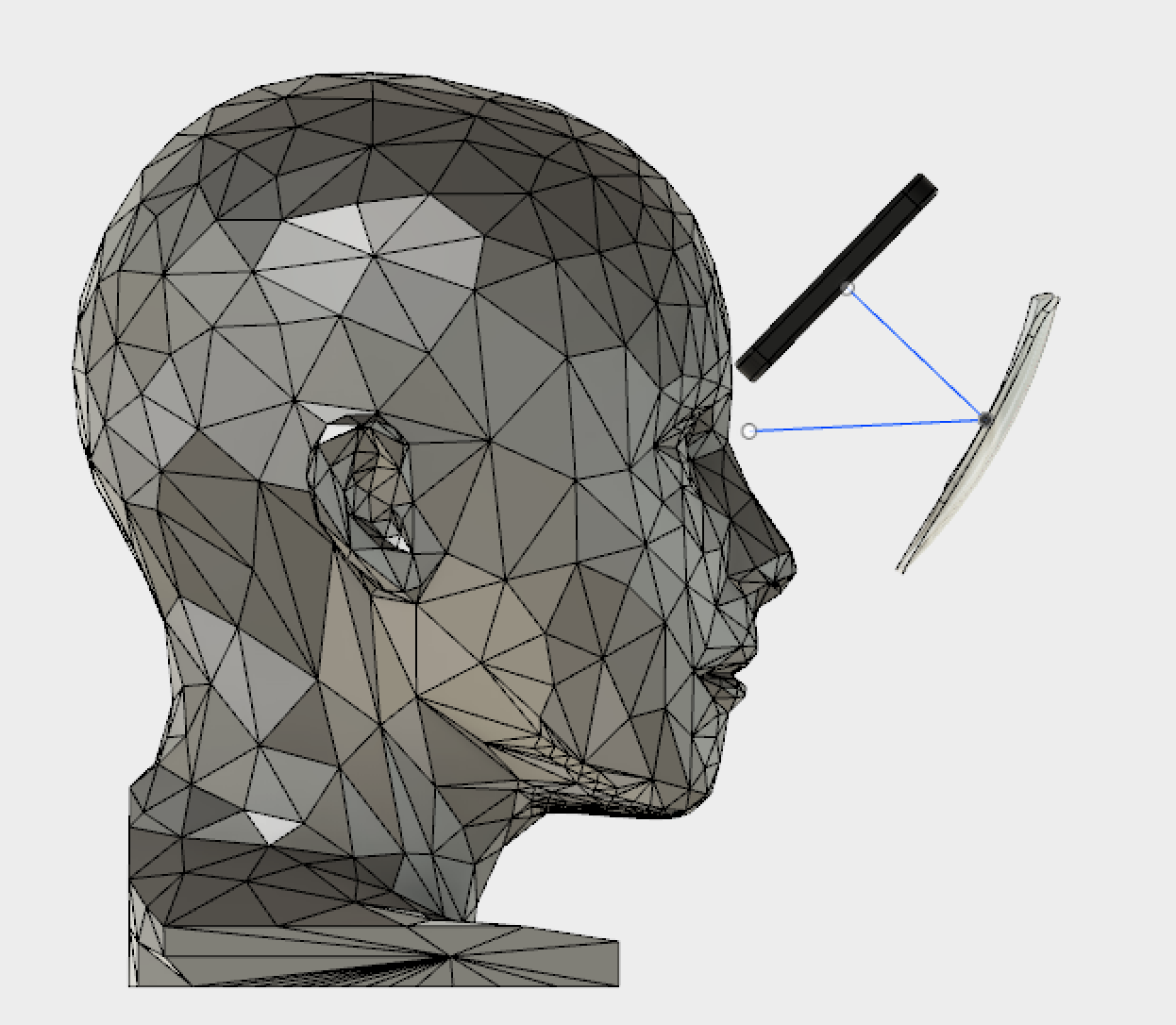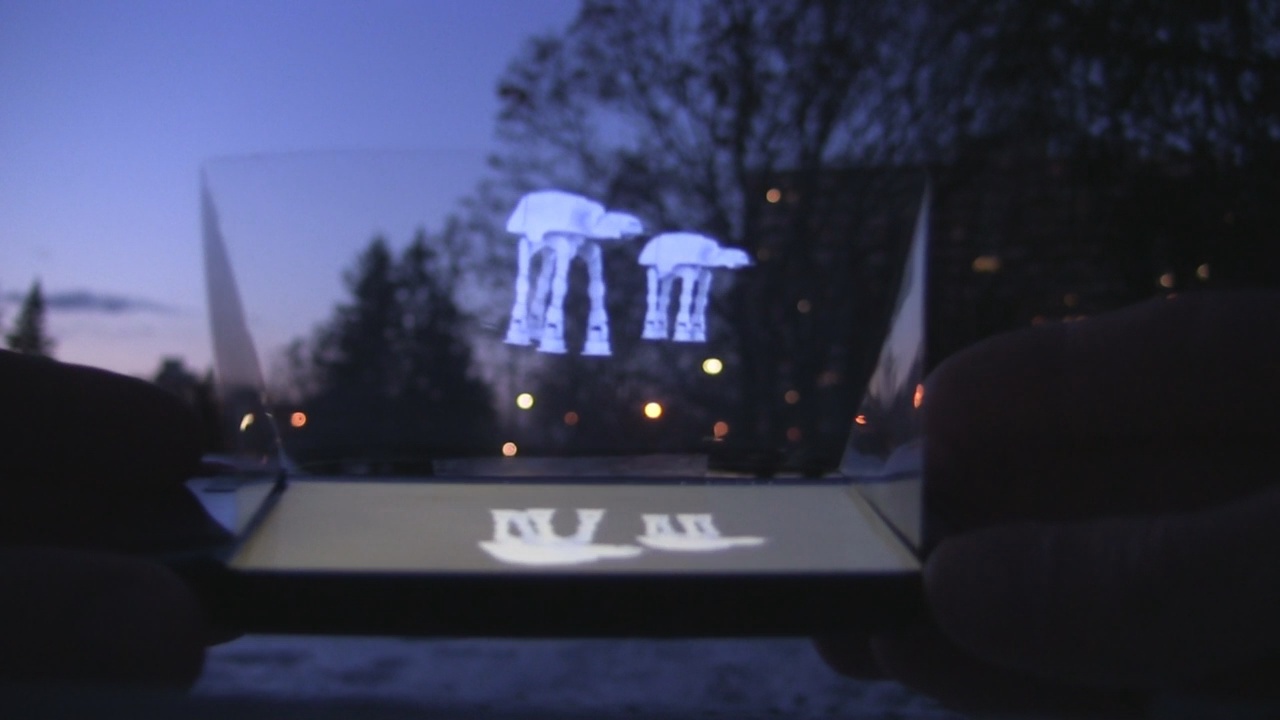Introduction
Welcome to the Wisor documentation! Here, you'll discover comprehensive information on hardware construction, assembly, and software operation.
🚧 Note: The content of this documentation is highly subject to change!
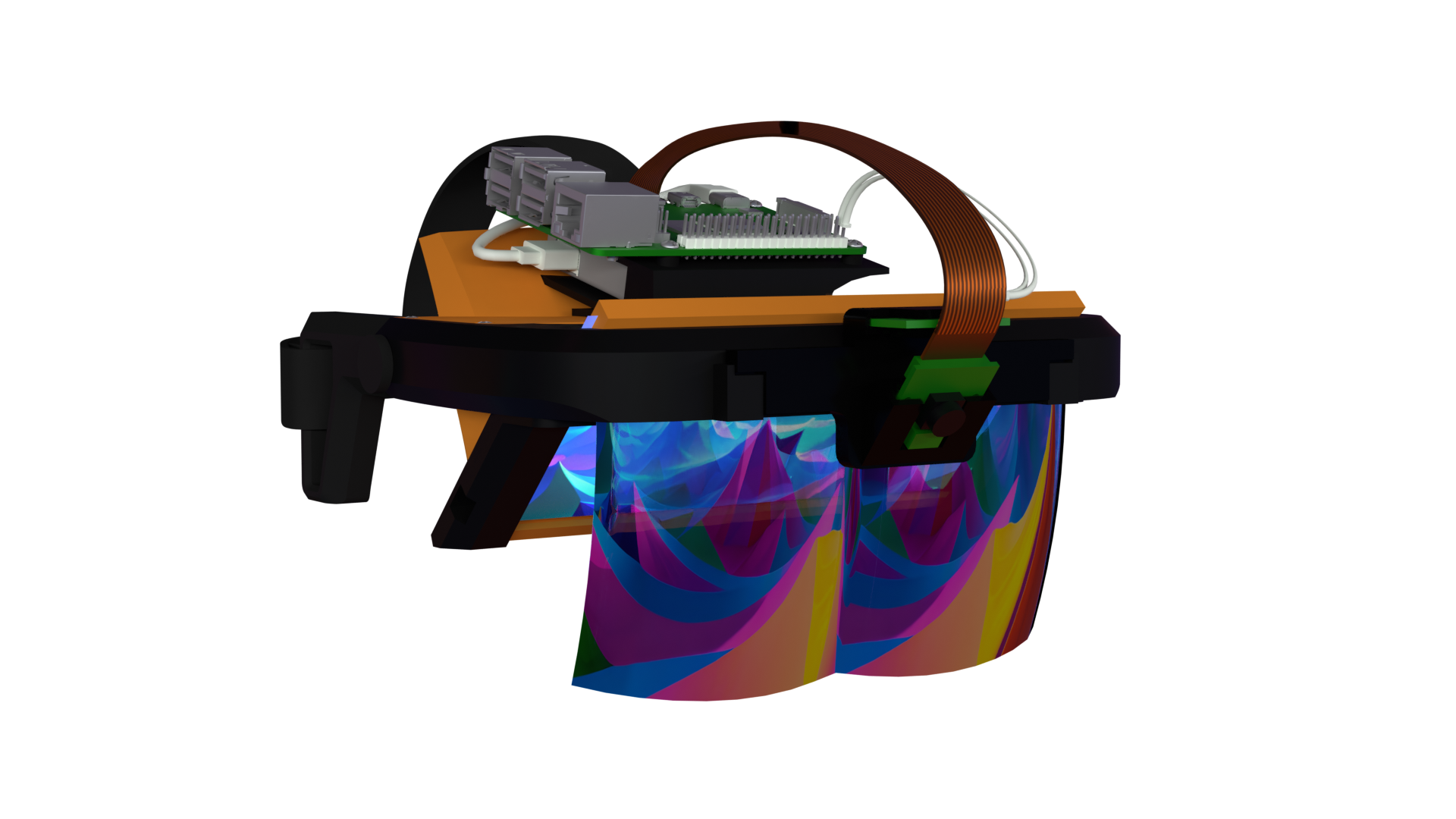
About
Wisor, is an open-source XR headset project that aims to offer an affordable, end-to-end, and versatile alternative for general-purpose use. It is an independently developed, self-funded project by Egemen Ertuğrul and Hakan Yılmazer.
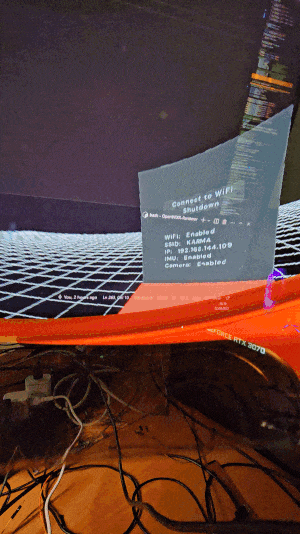
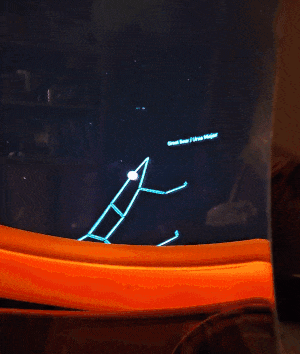
Background
System Overview
We designed Wisor to be cost-effective, ensuring that more people can enjoy XR experiences. The overall estimated cost of materials is less than $250. Moreover, due to the modular design of the hardware and software, it is straightforward to add or remove features as needed, tailoring the headset to suit your specific requirements.
We prioritize interoperability in Wisor. The headset offers both standalone functionality as well as remote rendering and processing capabilities. This flexibility allows users to choose the mode that suits their needs, making Wisor a highly versatile and adaptable XR solution.
🔴 The standalone mode provides fundamental features including 3DOF tracking, stereo rendering, spatial UI, and input capabilities. The default standalone application serves as a fallback in case the remote mode is disconnected.
Powered by: Python, C, Linux, raylib
🔵 The remote mode works over the network and enables users to leverage existing hardware (e.g. PC, smartphone) to offload computational tasks of the headset. In addition to improved performance and visual quality, it grants access to features like 6DOF tracking (SLAM), hand-tracking, and more.
Powered by: C#, C++, Unity, GStreamer
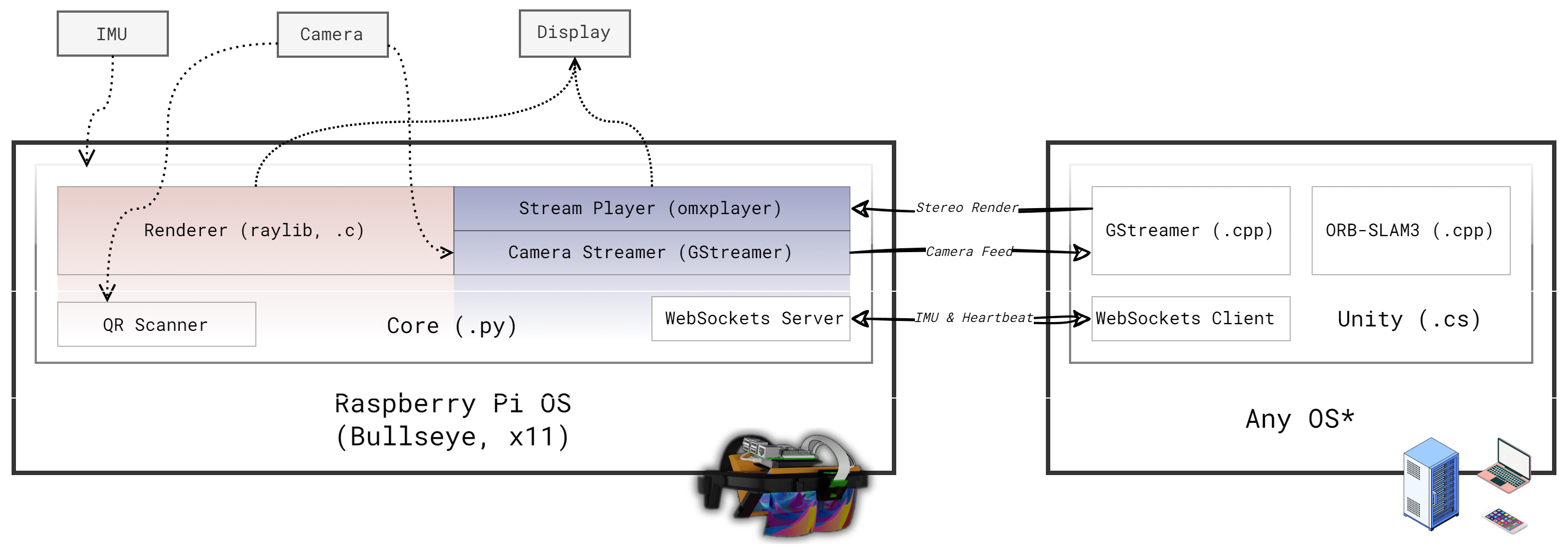
* See Limitations & Future Work.
Mechanical Design
The current state of Wisor’s mechanical design is based on Graham Atlee’s Triton Project. The housing of the headset (except the swappable camera slot), the proprietary optical combiner, and the choice of the 2K display are identical.
- We removed the Leap Motion camera, and placed a Raspberry Pi compatible camera with a swappable slot to accommodate different sorts of hardware.
- Since our goal is to offer an end-to-end and standalone solution, we did not consider supporting SteamVR as done in Triton Project. If that is your main goal, we would suggest you to follow his approach.
- Please note that Triton Project has Creative Commons Attribution-NonCommercial-ShareAlike (CC BY-NC-SA) license, which affects the current mechanical design of Wisor. We are currently working on a unique mechanical design from scratch to be published with a license that allows commercial use.
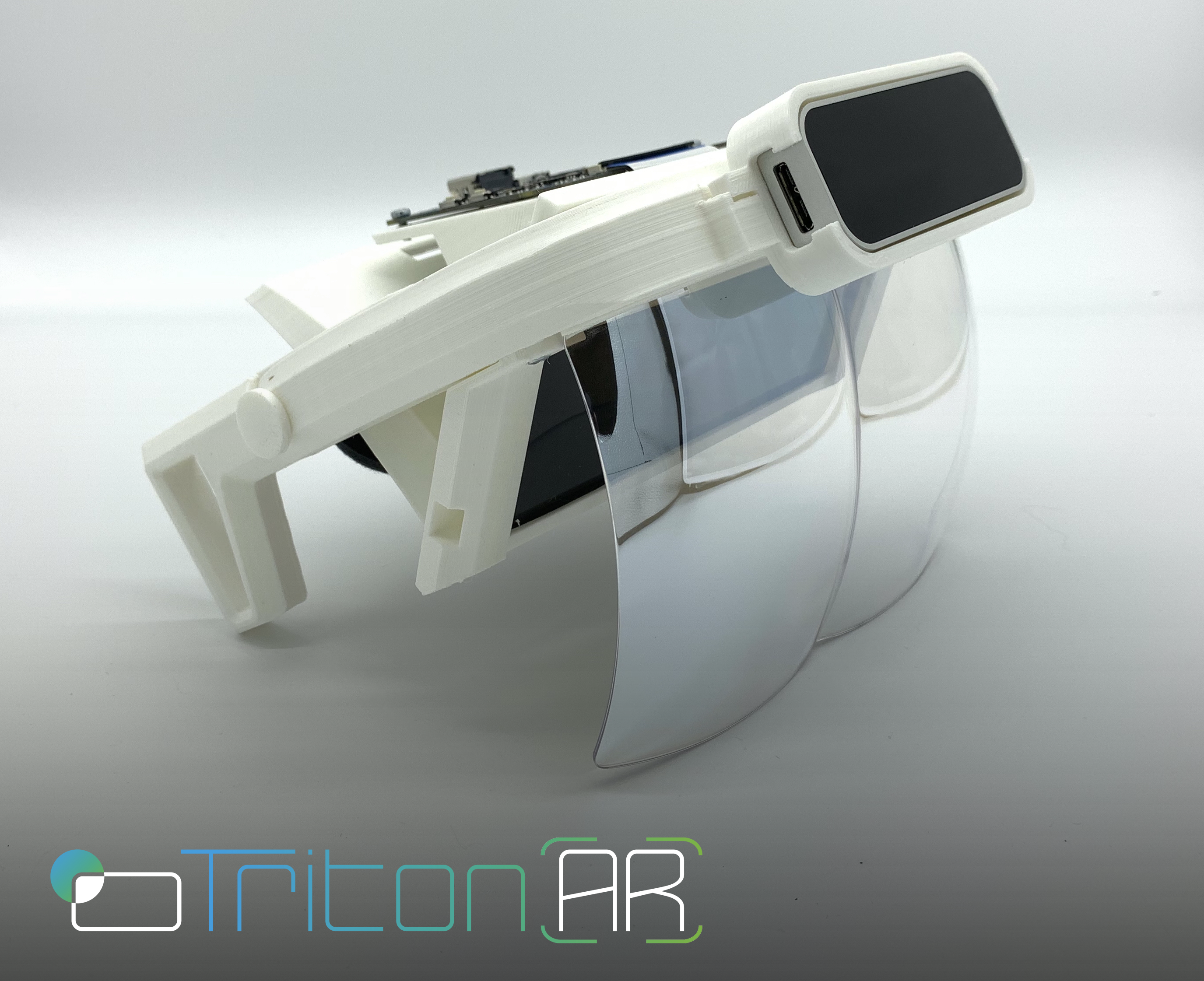
Triton Project links
Triton website: https://gatlee21.github.io/TritonProject-Guide/
Assembly Instructions: https://gatlee21.github.io/TritonProject-Guide/mechanical.html
3D Printing guide: https://gatlee21.github.io/TritonProject-Guide/3dprint.html
Software guide: https://gatlee21.github.io/TritonProject-Guide/software.html
Optics
The optics operate on a straightforward reflection principle, employing a curved mirror or "Bug-Eye" optical design. The utilized 'lenses' transmit external light while reflecting light from the display onto the user's eyes. This approach is one of several recognized methods [1, 2], and it generates the illusion commonly referred to as "Pepper's ghost".
